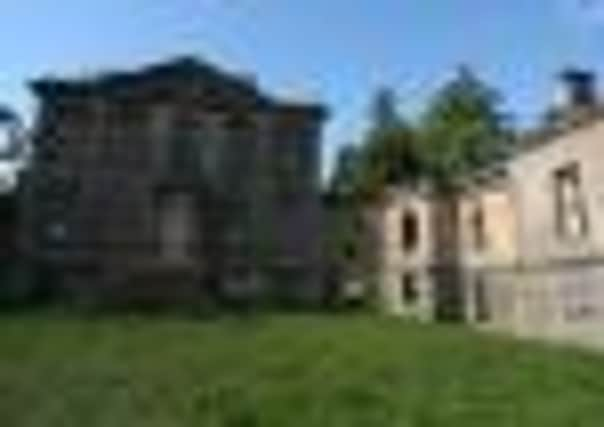Mavisbank House to be saved through trust plan


• Mavisbank House will be turned into self-catering holiday accommodation and its grounds transformed into a community park
• Midlothian Council has agreed to pursue a compulsory purchase order for the site and to then transfer ownership to a charitable trust once it has the £12 million funds in place
Advertisement
Hide AdAdvertisement
Hide AdCampaigners have fought for more than a decade to find a future for the building, which is often cited as one of the finest examples of neo-classical architecture in Scotland.


It has been uncertain for years who has legal ownership of the site, and the CPO move is planned to end any uncertainty.
The Scottish Government has stumped up a £500,000 grant to kick-start the appeal, which will target public, private and charitable sources of funding. Four years ago, Historic Scotland paid out £2 million to allow vital stabilisation work on the building to go ahead.
The government agency, the local authority, the Edinburgh & Lothians Greenspace Trust and the Mavisbank Trust, which has campaigned to secure the building’s future for years, have all signed a concordat agreement.
Alex Hammond-Chambers, chairman of The Mavisbank Trust said: “We are delighted that the concordat will enable the Trust to take forward the project, removing previous barriers to progress and demonstrating a firm commitment to its success by Historic Scotland and Midlothian Council.”
“Whilst securing the project funding will be a huge challenge in such difficult economic times, the grant from the Scottish Government is an important step towards reaching our goal.”
The rescue deal has been agreed almost a decade after the mansion, which has been virtually a ruin for the last 30 years, featured in the TV series Restoration.
The mansion, at Loanhead in Midlothian, dates back to 1723 but was devastated by fire in 1973 although the exterior of the building survived the blaze.
It had originally been commissioned by leading Enlightenment figure Sir John Clerk, of Penicuik, who hired Adam as he was the most high-profile architect of the era in Scotland.